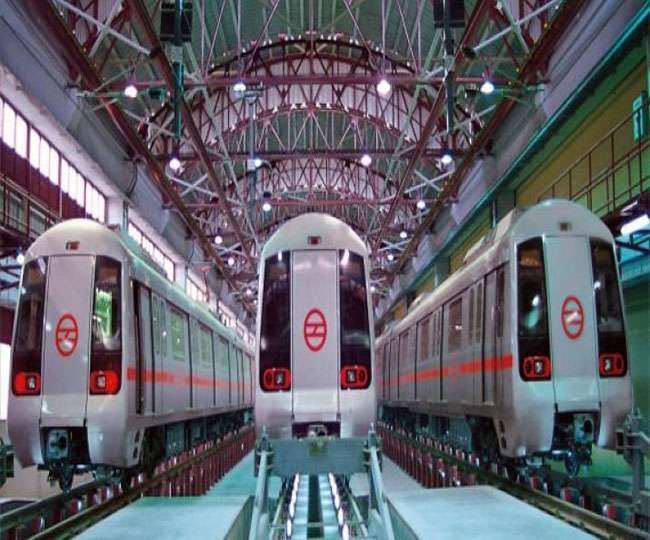
Delhi Metro: Metro will run on 3 corridors with virtual signal, it will be easy for millions of commuters
Delhi Metro Rail Corporation has prepared technical changes and virtual signals in the existing signal systems of the three old corridors to overcome the problem of affecting operations due to signal malfunction in the metro network. .
Millions of passengers will get big relief
First, a virtual signal will be installed on the Blue Line (Dwarka Sector 21-Noida Electronic City / Vaishali). This will allow the metro speed to fill the virtual signal in case of technical failure in the main signal on any part of the corridor. Due to this, there will not be much impact on the operation due to a malfunction in the signal system, so passengers will get a big relief.
There is more problem on the blue line
DMRC will make technical changes in the signal system on the Blue Line at a cost of 86.21 crores. After this, virtual signals will also be installed on two other old corridors, Yellow and Red Line. There are more incidents of technical fault on the Blue Line. It is also the busiest corridor of the Delhi Metro.
Read here – Why is there a problem
The DMRC says the Blue Line Corridor is over 14 years old. According to the technology at that time, a signal system was installed on this corridor. Now the signal system is controlled from the Central Operational Control (OCC) room. The Blue Line’s OCC is present in the metro building and its backup is near the OCC center Shastri Park station. Due to technical fault in the signal, the contact of the metro is cut off from the OCC and its speed stops. In such a situation, manual metro has to operate on a large part of the affected corridor. Because of this the metro runs intermittently.
This technology is completely safe
DMRC says that there is a need to introduce hot redundancy between OCC and backup OCC. This technique did not exist before. This will benefit that if there is a technical fault in the signal, the virtual signal will be activated in the metro immediately, so the metro will be able to reach the safe interchange station at its own speed. During this time, the Metro will be controlled by automated train operating technology. This is a completely safe technique
Interchange stations have been increased on the blue line
DMRC says that interchange stations on Blue Line have increased compared to earlier. It has seven interchange stations. The virtual signal will be connected to all the interchange stations and the software of the main signal.
First trial then used
According to DMRC, the operating software and hardware of OCC will also be changed. So that operations on this corridor can improve for the next 10 years. The virtual signal will be trialled after the metro stops operating at night. It will then be implemented. It is expected that it will start using in the metro next year.



